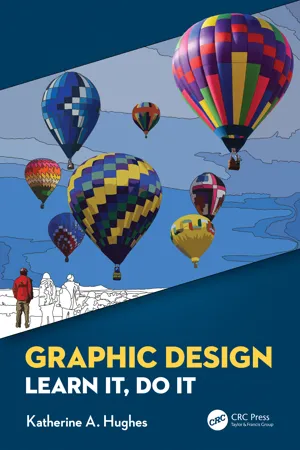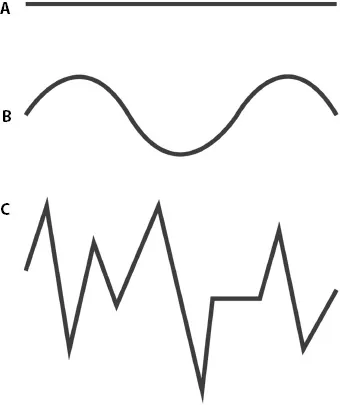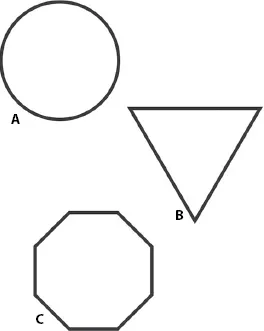
- 406 pages
- English
- ePUB (mobile friendly)
- Available on iOS & Android
About this book
Graphic Design: Learn It, Do It is an introduction to the fundamentals of graphic design and the Adobe Creative Cloud applications used to put these concepts into practice. This book is intended for production-oriented audiences, those interested in the what, why and how of graphic design. The "what" is effective graphic design, a visual solution created using the design principles that stands out in a crowded marketplace. This discussion includes color theory, typography and page layout. Focus on the "why" of design begins with the reasons why we communicate. Attention is paid to the purpose of the visual solution and to its audiences. The conversation highlights output options (print vs. onscreen) and their related file properties. The "how" of design addresses the stages of production and use of Adobe Photoshop CC, Illustrator CC and InDesign CC to translate an idea into a visual solution. Following an overview of each application and its uses, step-by-step exercises are provided to foster familiarity with each application's workspace and its tools. These exercises provide opportunities to implement the design principles and to produce examples of work for a design portfolio.
Key Features:
- Content based on over a decade's worth of experience teaching graphic design
- Contemporary examples and online references
- Guided exercises for working in the Adobe Creative Cloud applications, Photoshop CC, Illustrator CC and InDesign CC
- Accompanying exercise files and supporting materials available for download from the book's companion website
- Discussion questions and activities included at the end of chapters to expand the presented topics
Frequently asked questions
- Essential is ideal for learners and professionals who enjoy exploring a wide range of subjects. Access the Essential Library with 800,000+ trusted titles and best-sellers across business, personal growth, and the humanities. Includes unlimited reading time and Standard Read Aloud voice.
- Complete: Perfect for advanced learners and researchers needing full, unrestricted access. Unlock 1.4M+ books across hundreds of subjects, including academic and specialized titles. The Complete Plan also includes advanced features like Premium Read Aloud and Research Assistant.
Please note we cannot support devices running on iOS 13 and Android 7 or earlier. Learn more about using the app.
Information


Table of contents
- Cover
- Half Title
- Copyright Page
- Contents
- Acknowledgments
- Author
- Introduction
- 1. Breaking Down Design
- 2. The Elements and Principles of Design
- 3. Color in Design
- 4. Defining the Project
- 5. File Properties
- 6. Getting Started in Photoshop
- 7. Photoshop Continued
- 8. Digital Photography in Design
- 9. Photo Editing in Photoshop
- 10. Typography in Design
- 11. Getting Started with Illustrator
- 12. Illustrator Continued
- 13. Page Layout
- 14. Getting Started with InDesign
- 15. InDesign Continued
- 16. Bringing It All Together
- References
- Index